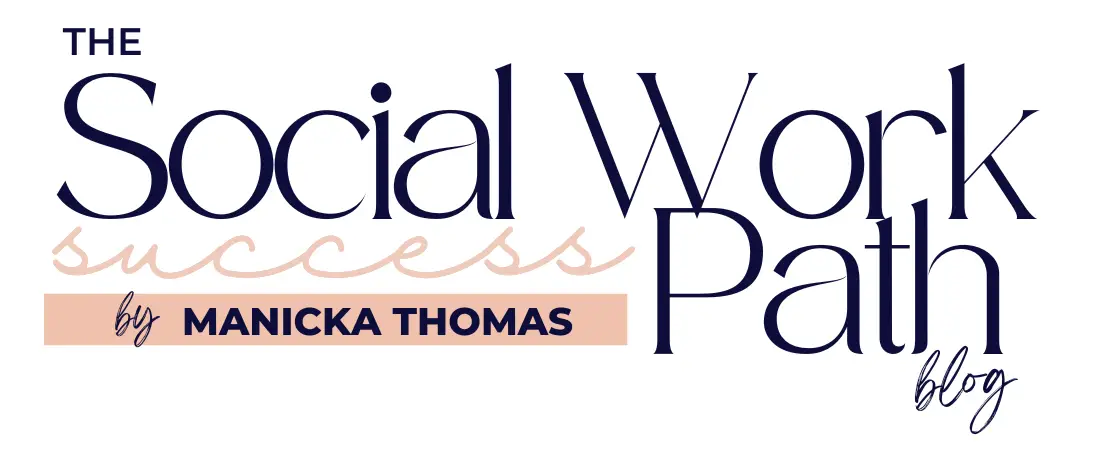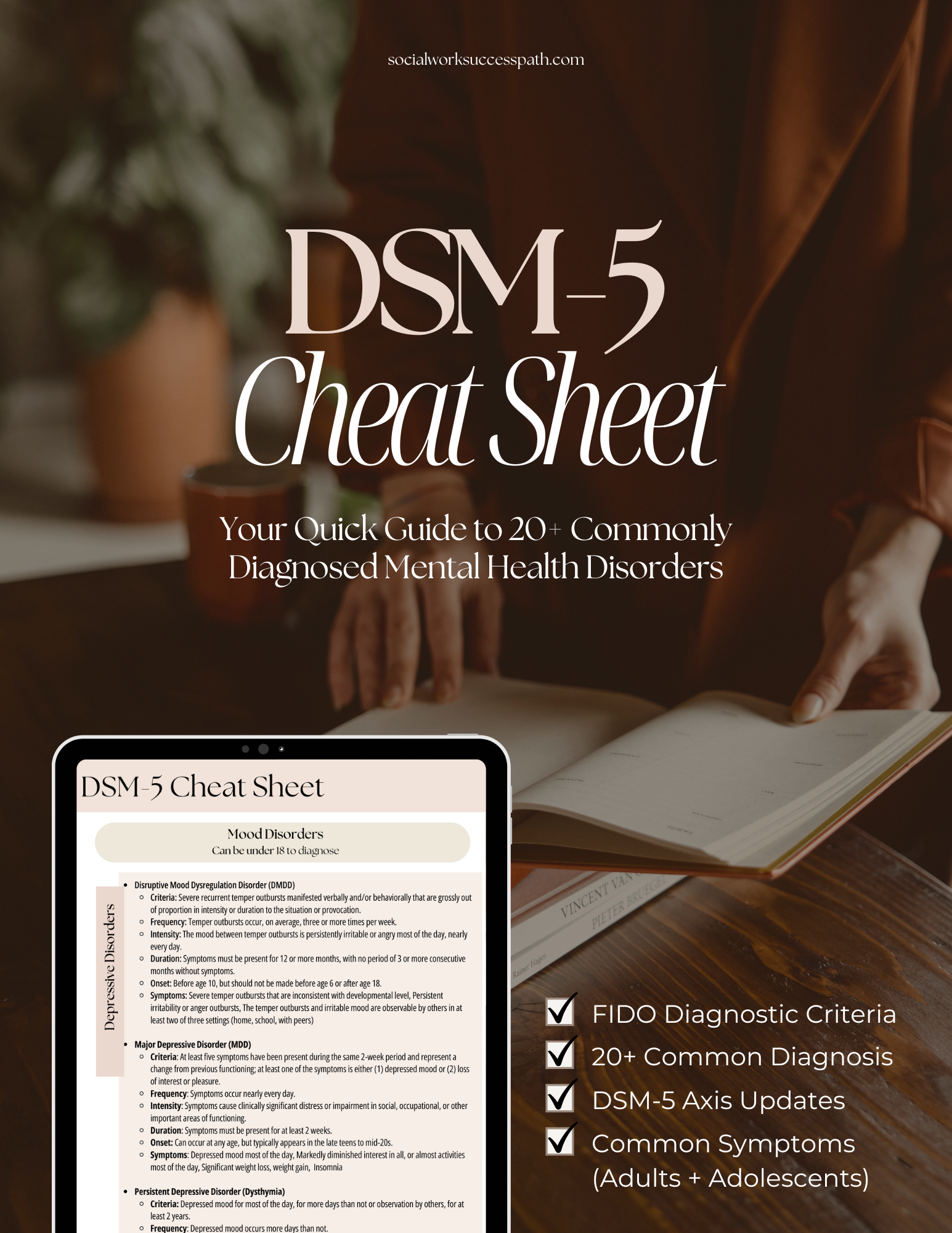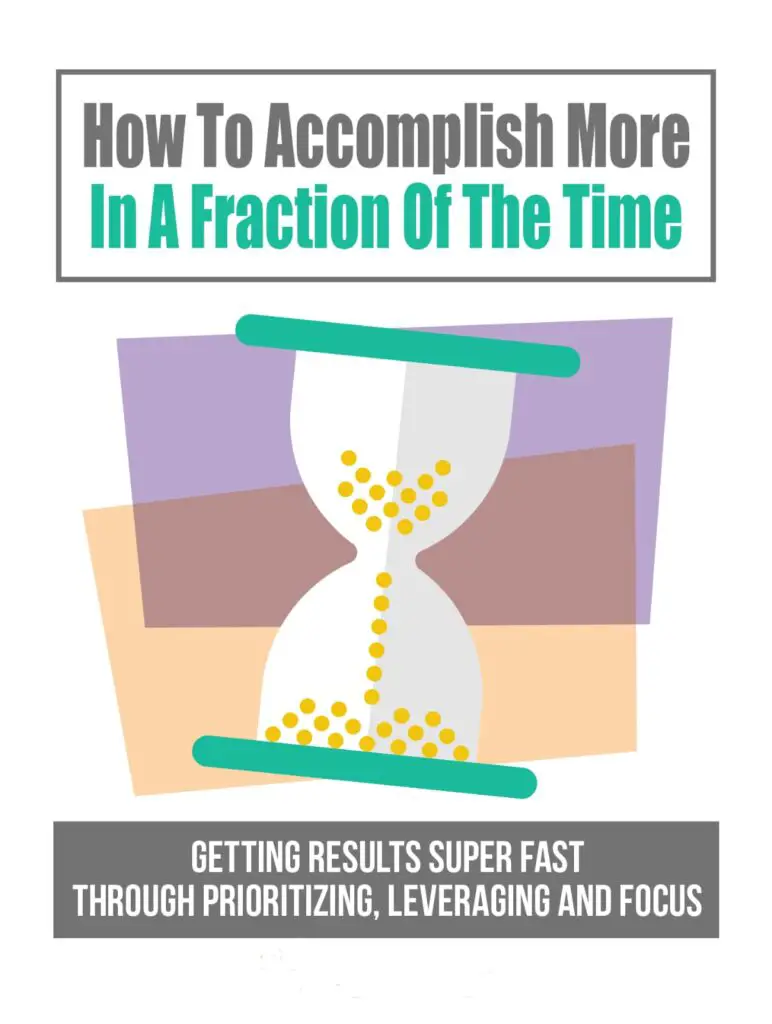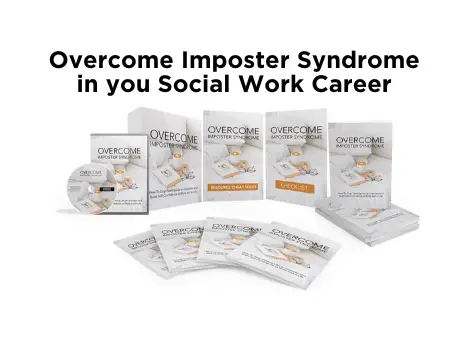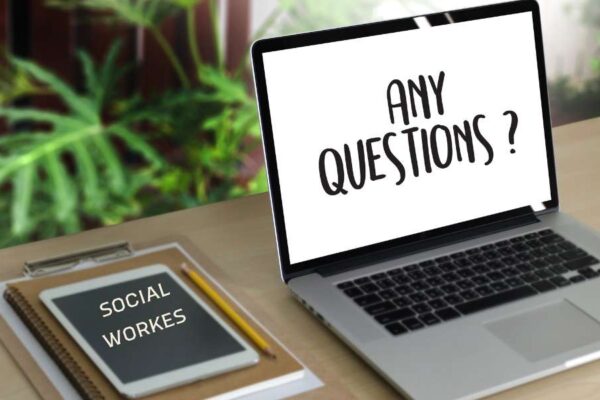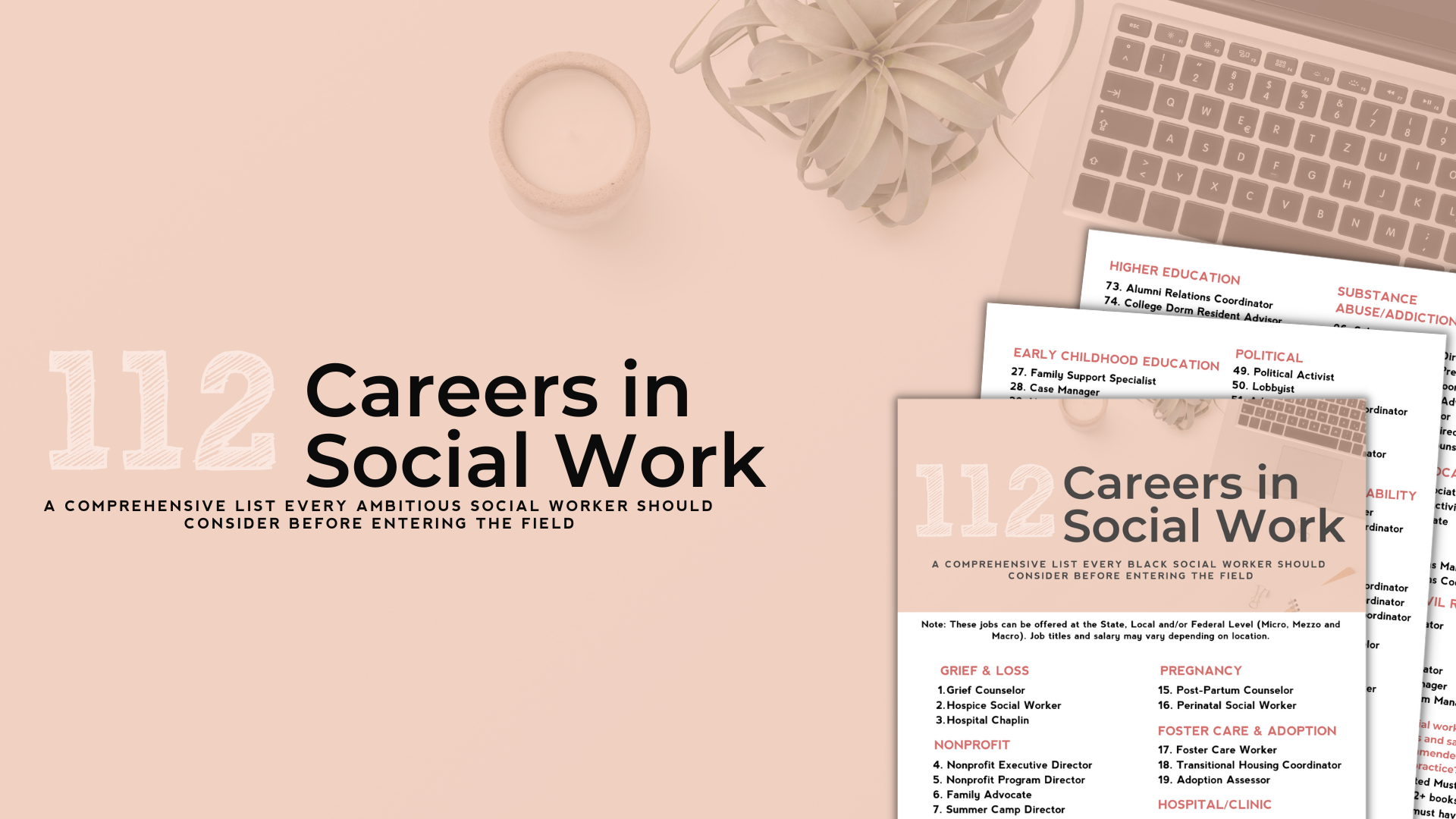As someone deeply passionate about clinical social work, I know firsthand the importance of mental health care and the struggles of professionals in this field. One tool that I find to be a complete game-changer is a DSM-5 cheat sheet.
It’s a shortcut to the most critical information needed for accurate mental health diagnosis. This resource has saved me countless hours and has become an indispensable asset in my daily practice. In this blog, I’ll walk you through the ins and outs of using a DSM-5 cheat sheet pdf, where to purchase a few good ones, and how it can become your secret weapon for success as a clinical social worker.
Overview of DSM-5-TR
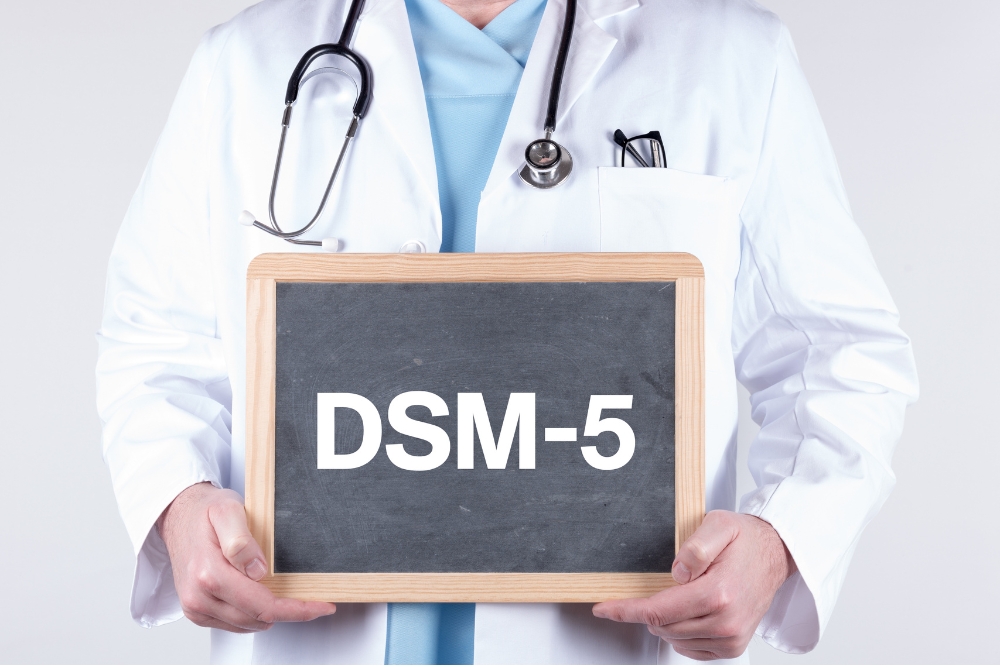
DSM-5-TR is the Diagnostic and Statistical Manual of Mental Disorders, 5th Edition, Text Revision. It is a guidebook doctors, clinical social workers, psychologists, and other mental health professionals use to understand and diagnose different mental health conditions. It’s full of information for conditions like depression, anxiety, schizophrenia, PTSD, and more.
The manual also sorts these conditions into categories and subcategories, making it easier to find information about a specific disorder. It lays out specific criteria for each mental condition. For example, to diagnose depression, a person might need to have particular symptoms like feeling sad most of the time, losing interest in things they used to enjoy, changes in appetite or sleep, and so on.
After the diagnosis, professionals can use that information to create a treatment plan. This plan might include therapy, medication, lifestyle changes, or a mix of all.
However, it’s important to remember that mental health is a complex field. The DSM-5-TR is not set in stone and may be updated in the future as we continue to learn more about mental health disorders.
What is the DSM-5 cheat sheet PDF?

Sometimes, you need a quick summary instead of going through a big manual with lots of details. That’s where the cheat sheet comes in handy.
The DSM-5 cheat sheet pdf is the simplified version of the manual. It’s a handy guide that mental health professionals use to find important information without having to search the entire book.
To make things even easier, I’ve created a DSM-5 cheat sheet pdf with helpful tips and reminders for professionals on how to approach a particular diagnosis or treating a specific disorder. It includes a list of disorders and their symptoms, as well as common patterns to look for during assessments. Just click the image below to get your copy now!
You May Also Like: Self Care Activities For Social Workers
How many disorders are in DSM-5?
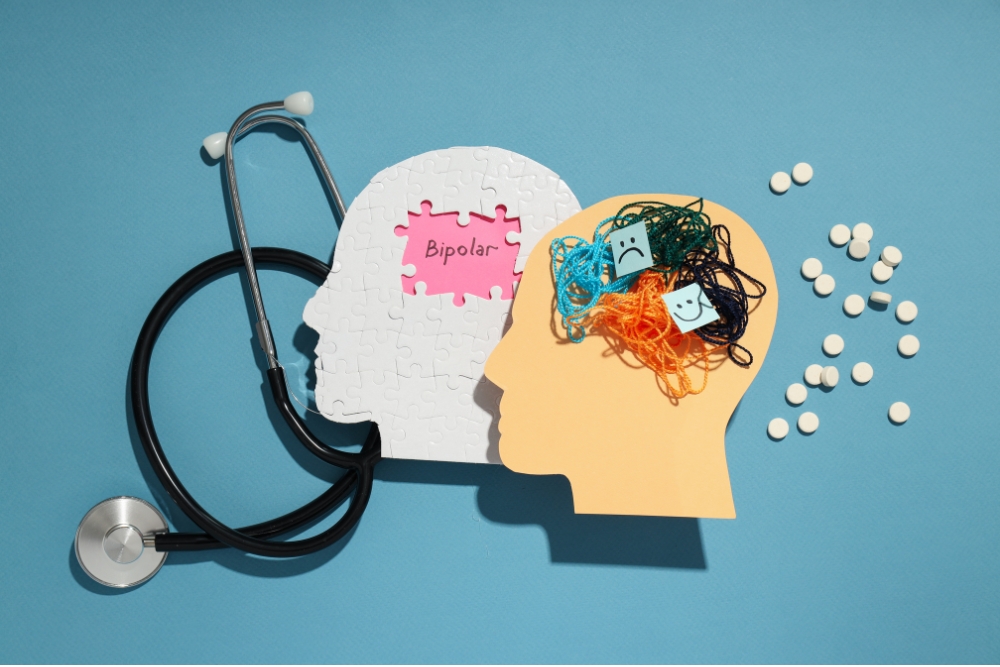
The DSM-5 covers a wide range of conditions, from common disorders like depression and anxiety to more rare disorders. As of its last update, the manual has 20 chapters and around 300 different disorders.
These disorders are grouped into categories based on similar symptoms and characteristics. Here are some of the main categories you will find in the DSM-5:
- Neurodevelopmental disorders
- Schizophrenia spectrum and other psychotic disorders
- Bipolar and related disorders
- Depressive disorders
- Anxiety disorders
- Trauma- and stress-related disorders
- Eating disorders
- Sleep-wake disorders
- Personality disorders
- Substance-related and addictive disorders
DSM-5 Cheat Sheets Recommended

Smartly using cheat sheets can be a real lifesaver for professionals like us. Amazon offers a variety of useful DSM-5 cheat sheets that can significantly enhance your efficiency and accuracy in diagnosis and treatment planning. Here are a few top-rated recommendations:
1. DSM-5 Overview Cheat Sheet by Rona Bernstein and Elizabeth Jacobs
This cheat sheet provides a comprehensive overview of the DSM-5 criteria, including key symptoms and diagnostic criteria for various disorders. It’s laminated for durability and perfect for quick referencing.

2. Mental Health Diagnostic Manual DSM-5 by Quick Study
Known for its detailed yet concise format, this cheat sheet is an excellent tool for both new and experienced social workers. It includes color-coded sections for easy navigation.

3. DSM-5 Desk Reference Spiral Bound
Designed as a compact and portable reference, this cheat sheet is great for keeping on your desk or in your bag for quick access during consultations. This is my go-to guide for all of my therapy work with clients.

4. DSM-5 Pocket Guide for Child and Adolescent Mental Health
This pocket-sized guide is an invaluable resource for on-the-go professionals. It covers the most frequently used DSM-5 diagnostic criteria for children and adolescents and is easy to carry.

Tips for using the DSM-5 cheat sheet pdf effectively
Smartly using the cheat sheet can be a real lifesaver for professionals like us. Here are a few tips to make the most out of this diagnostic tool.
1. Familiarize yourself:
Take some time to get familiar with the layout and content of the cheat sheet, so you know how it’s organized. You should know where to find the list of disorders, key symptoms, and diagnostic criteria, so you can formulate a diagnosis and come up with treatment options quickly.
2. Keep it close:
Keep your DSM-5 cheat sheet pdf in a place where you can easily access it during assessments, consultations, or treatment planning sessions. Having it nearby can save you time and ensure you get all the critical details.
3. Use it as a quick reference:
The cheat sheet pdf is your quick go-to guide, so use it as such. When you encounter a patient with symptoms that match a particular disorder, refer to the cheat sheet to confirm your observation and guide your diagnostic process.
4. Double-check diagnosis:
The DSM-5 cheat sheet pdf provides valuable information, but keep in mind that it’s a summarized and condensed version of the DSM-5-TR. If you need more specific data or are unsure about a diagnosis, make sure to refer back to the complete manual for clarification.
5. Combine your clinical judgment:
While the cheat sheet is a valuable tool, remember that your clinical experience is just as crucial. Not every case fits neatly into the predefined criteria of the manual. So, trust your judgment and use it as a guide, not a rulebook.
6. Stay updated:
As we continue to learn more about mental health issues, the DSM-5 will keep evolving. Keep an eye out for updates or revisions to the cheat sheet to ensure you use the most current and accurate information.
You May Also Like: 6 Self-Care Strategies For Social Workers
Conclusion

The DSM-5 cheat sheet pdf simplifies the extensive data from the DSM-5-TR into an easy-to-consume format, making it quicker for healthcare professionals and social workers to evaluate clients and feel more confident about their diagnoses. If you want to improve your assessments and stay in the loop with the latest DSM-5 updates, then I recommend downloading this DSM-5 cheat sheet pdf.
FAQs
What are the DSM-5-TR criteria?
It is the specific set of guidelines and standards outlined by the DSM-5-TR. Mental health professionals use these criteria to diagnose and classify various mental health disorders based on particular symptoms and duration of symptoms.
Is the DSM-5-TR an excellent diagnostic tool?
Yes, the DSM-5-TR is considered an excellent diagnostic tool. It is used by mental health professionals for diagnosing and classifying mental health disorders based on established criteria and guidelines.
What are the codes in the DSM-5?
The DSM-5 uses alphanumeric codes to classify and identify specific mental health disorders. Clinicians use these codes for billing purposes and to facilitate communication and documentation across healthcare settings.
